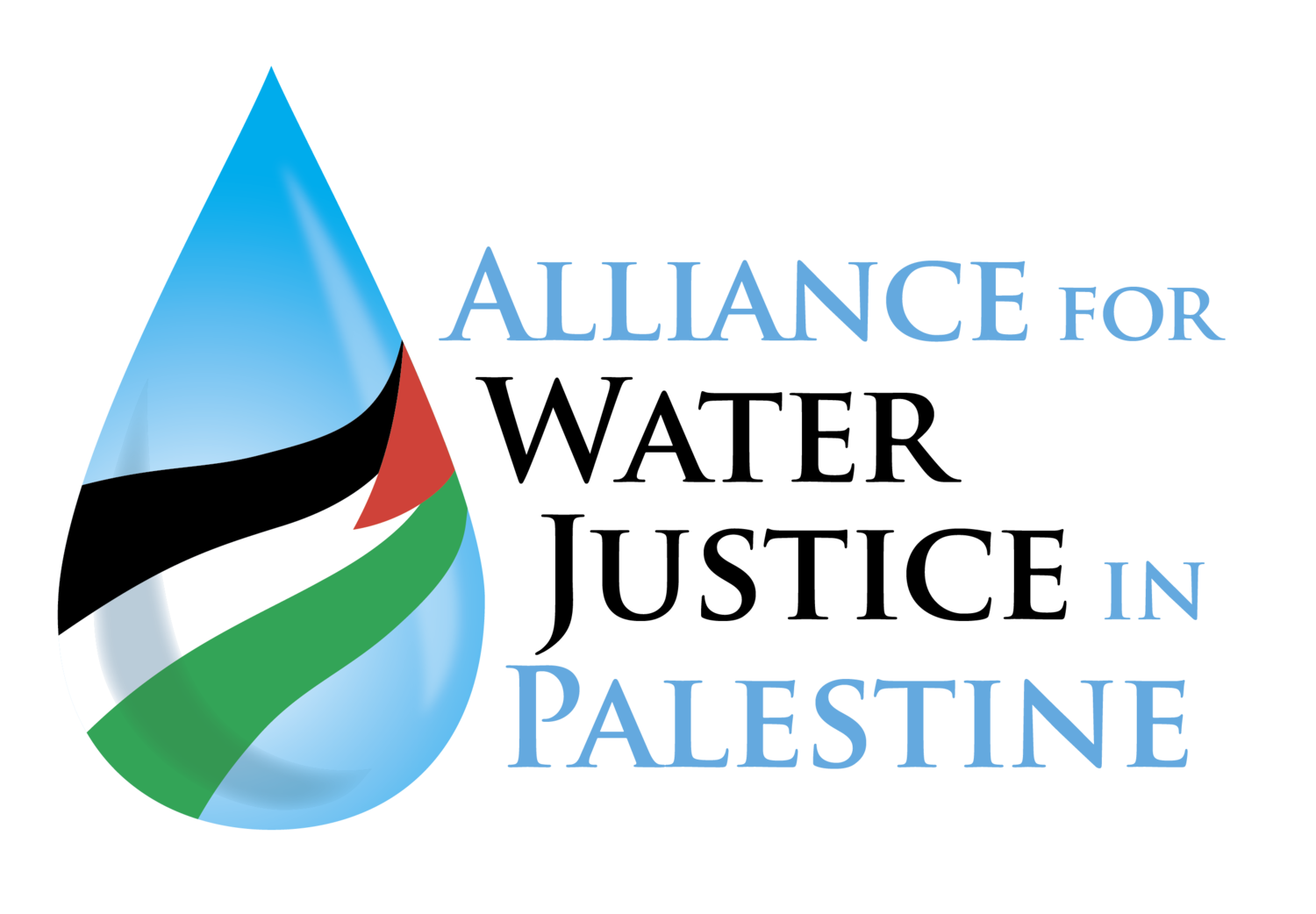Back in 1996 Israeli journalist Amira Hass published book called 'Drinking the Sea at Gaza: Days and Nights in a Land Under Siege.' Since then, the situation in the Gaza Strip has become drastically worse. As she now writes: "The 15-year-olds have been through four wars, but most don’t know what a hill looks or feels like. Israel doesn’t let them out to visit the hills of the West Bank, let alone the mountains of the Galilee. They don’t know what it is to drink water straight from the faucet. For them, drinking water is the stuff in the containers that their father hauls home."
One Water Source, Two Million People: Open Up the Cramped Cage Called Gaza
The Jezreel Valley is 350 square kilometers, slightly less than the area of the Gaza Strip. Jezreel is home to 40,000 Israelis. Gaza’s 365 square kilometers is home to two million Palestinians. Many descend from people born in Ashkelon (Majdal) and Ashdod (Isdud), cities just north of Gaza, and in villages that became the Jewish communities near the Gaza border.
Let us compare to Israel. It has a population of 9.3 million, including the settlers in the West Bank, East Jerusalem and the Golan Heights. Including the Golan and East Jerusalem, which were conquered in 1967, Israel has an area of 22,000 square kilometers. Add to that approximately half of the occupied West Bank taken over by the settlers and their militias (the IDF and the hilltop youth), and it comes to 25,000 kilometers.
Ergo, a Palestinian population equivalent to a fifth of Israel’s population is living in an area just one-and-a-half-percent the size.
Another statistic regarding population density illustrates just how volatile this situation is. Israelis live in a population density of 372 people per kilometer. In Gaza, the density is 5,479 people per square kilometer, which is 15 times higher. This does not hold the potential for good neighborly relations, nor does the deliberate overcrowding in Palestinian towns in Israel.
Now let’s talk about water. In 1947, about 80,000 Palestinians were living in the towns and villages that became the Gaza Strip. They had at their disposal one aquifer, which produced 60 million cubic meters of water a year. This sufficed also for the additional 200,000 Palestinians who were expelled to Gaza in 1948 and became refugees.
Nowadays, this single aquifer, with the same capacity, is supposed to supply water for two million people. Over-pumping began 35 years ago, when there was no other choice. Why? Because Israel refuses to include the Gaza Strip in the country’s water economy and requires it to make do with what the segment of the coastal aquifer that falls within its territory produces, regardless of the size of the population. The result: More than 95 percent of the water in Gaza is not potable and has to be purified of the wastewater and seawater that seeps into it.
More than 800,000 Gazans, 43 percent of the population, are under 14 years old. The age group of 15-24 accounts for 21 percent of the population.
Gaza war: This is what Israel showed the world. This was the reality on the ground
Ten days after cease-fire, Israeli restrictions leave Gaza with scarce power
The 15-year-olds have been through four wars, but most don’t know what a hill looks or feels like. Israel doesn’t let them out to visit the hills of the West Bank, let alone the mountains of the Galilee. They don’t know what it is to drink water straight from the faucet. For them, drinking water is the stuff in the containers that their father hauls home.
Seventy-five percent of Gazans are refugees with origins in villages and towns that are now inside Israel. Israel may tighten the restrictions on their mobility, but their connection with the rest of their homeland does not diminish. The harsher and stricter the conditions of their imprisonment, the more the Gazans’ skill and will to live surprise and inspire.
Israel has managed to make most Israelis think of the Gaza Strip as a separate political enclave. The CIA website also shows it as a separate “country.” The Hamas and Palestinian Authority governments have sometimes lent a hand to the establishment of this illusion.
But Gaza’s artificial borders will inevitably implode. We see it in the sewage that flows untreated from Gaza straight into the sea, because Israel won’t let fuel or raw materials into Gaza, without which sewage treatment plants cannot function. The raw sewage however fails to recognize the maritime border and reaches the beaches of Ashkelon.
Collective memory also transcends borders. And Hamas, especially when operating as a separate state, also shatters the border with its audacious rockets. If we do not open up this cramped cage and free the people imprisoned there for life, the terrible gap between the inhumane conditions for the Palestinians there and their will to live will keep blowing up in our faces just like a barrage of rockets.
Palestinian children filling plastic containers with water in Gaza, where 95% of the water supply is not potableCredit: MAHMUD HAMS / AFP

